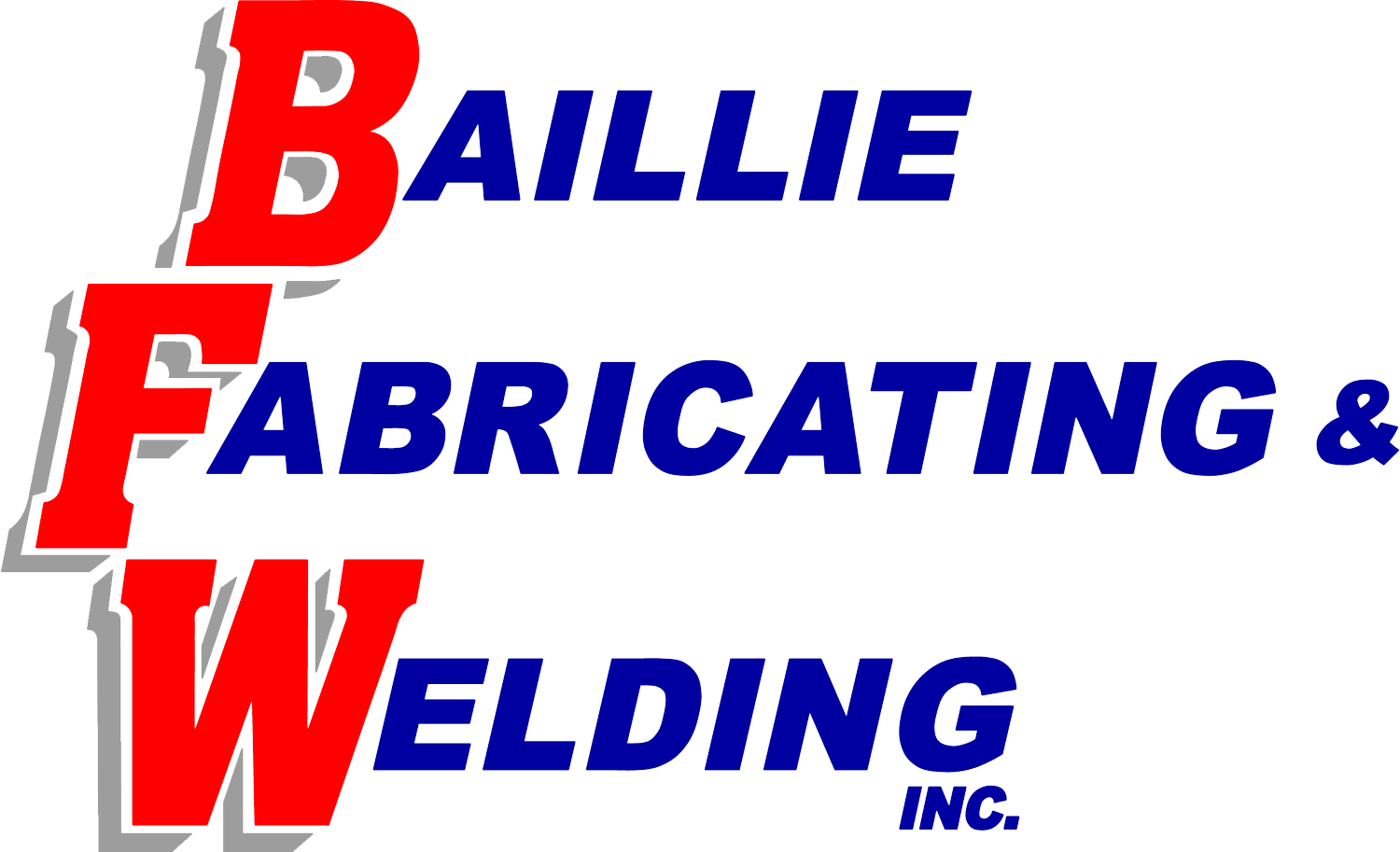Avoid the Hidden Costs of Deep Sheet Metal Bends
When you’re designing parts with 90-degree U-shaped bends for sheet metal fabrication, what initially seems straightforward can quickly become costly due to hidden manufacturing complexities. This is especially true for parts with deep sheet metal bends, where the height of the sides is close to or greater than the dimension of the bottom.
Several key factors determine whether a deep U-shaped bend is manufacturable using typical fabrication methods, or whether it will require expensive, specialized tooling. At Baillie Fabricating and Welding, we always want to help you optimize your project—by understanding the constraints involved in deep parts, you can save significant time and cost in your next project.
Defining Deep Sheet Metal Bends
Deep bends are not defined by the absolute dimension of the bend—even relatively small parts could have what we’d consider a deep bend. Instead, deep bends occur in U-shaped parts where the side walls are nearly as tall as or taller than the bottom width.
When you try to form very tall sides relative to the bottom width, the bent portion of the part can collide with the tooling or the frame of the machine during forming. This configuration will often require specialized tooling that is cost-prohibitive for anything less than large production runs, and will often severely restrict your choice of fabricators.
Alternative Approaches for Deep Parts
When we receive designs for parts with deep bends, we typically first advise our customers to adjust their dimensions or design to avoid deep bends. If this simple design tweak is possible, it can drastically increase the efficiency of the manufacturing process.
However, if deep sheet metal bends are critical to the design, we have alternate approaches to fabricating the part, including:
Back Bending: In back bending, the part is initially formed into a W shape before being flattened into its final U shape. Back bending is effective for thicker materials—for example, ⅛ inch or ¼ inch. However, in thinner-gauge materials, there will often be a visible ripple or bump at the bottom of the part after the back bending process. This bump is primarily an aesthetic issue, and many customers are happy to accept it in exchange for improved manufacturing efficiency.
Welding Multiple Sections: When back bending is not an option, there are several ways to construct parts designed for deep sheet metal bends with welded sections instead. We can weld together flat plates or join two L-shaped pieces, for instance. While this approach can add time and cost to the fabrication process, it is often ideal for large or heavy components.
Choosing the Right Metal Fabrication Technique
Because we’re driven to help our customers succeed in every possible way, we always alert them to design choices like deep sheet metal bends that may increase costs. If they’re open to alternative approaches or design changes, we collaborate closely to determine the best path forward. On our end, we consider several factors, including:
Weight: Back bending is typically not an option for heavy parts exceeding 100 pounds. Parts this large become challenging to manipulate in a press brake in general, and even 50-pound parts incur additional fees in our shop due to increased labor. Once a part reaches between 50 and 100 pounds, we recommend welding instead of bending.
Material: Deep sheet metal bends are often possible with thin materials like 18 or 20 gauge, as their flexibility allows greater forgiveness.
Application: While our alternative approaches result in effective and strong parts, critical structural applications are not a good match for options such as back bending. In these cases, an engineer would need to approve the manufacturing process before fabrication begins.
Get Expert Guidance From Our Welding and Fabrication Shop
Will your next part need a deep bend? At Baillie Fab, we recommend you reach out to us and begin a conversation as early as possible. We can offer design tips to help you optimize your part for manufacturability and cost-efficiency, preventing any unexpected and costly redesigns late in your manufacturing cycle.
We’re happy to offer guidance in any of our capabilities, from CNC machining to CAD modeling services and beyond. Our team always aims to deliver your project as efficiently and cost-effectively as possible, and we’re here to help you ensure your success from the first step.
Request a quote today to discuss your deep forming needs!

